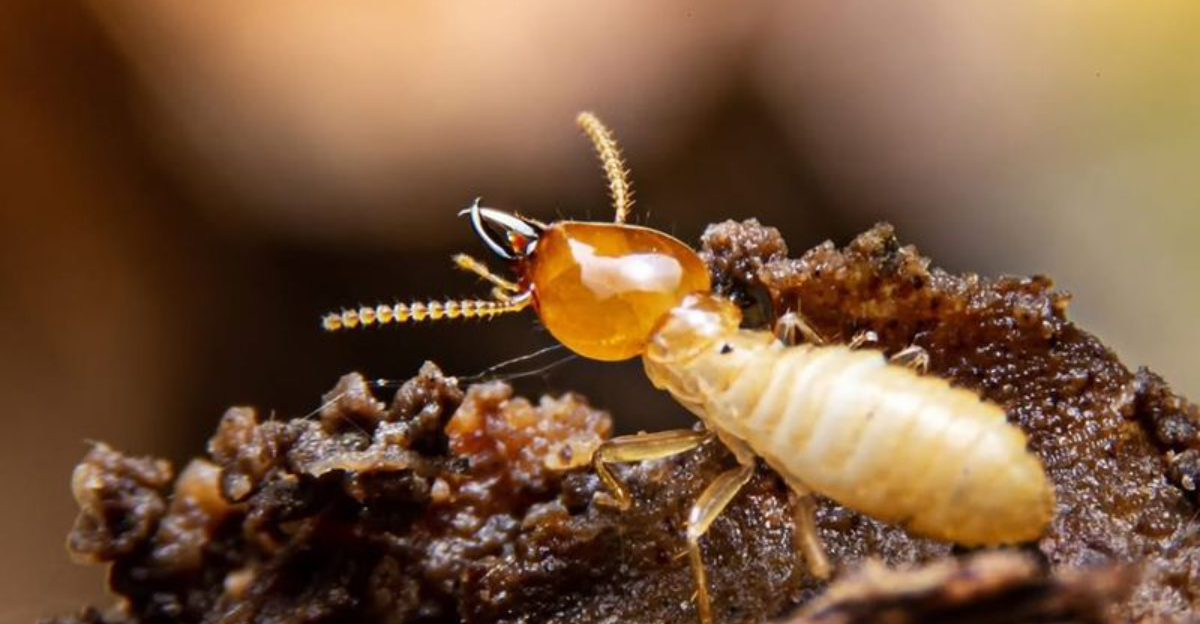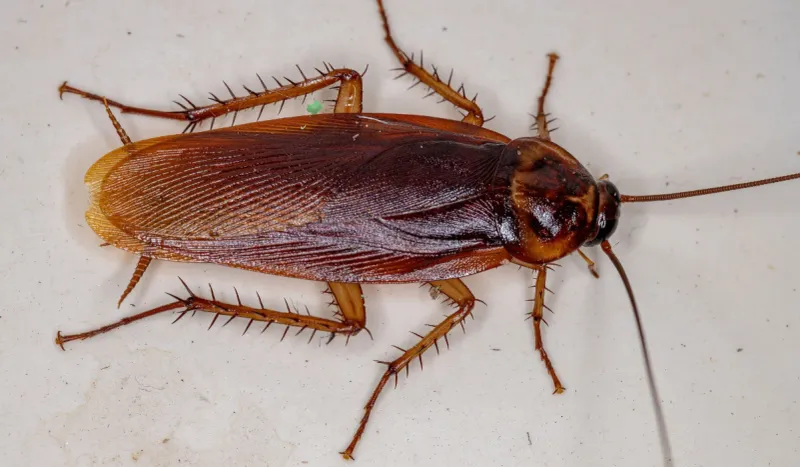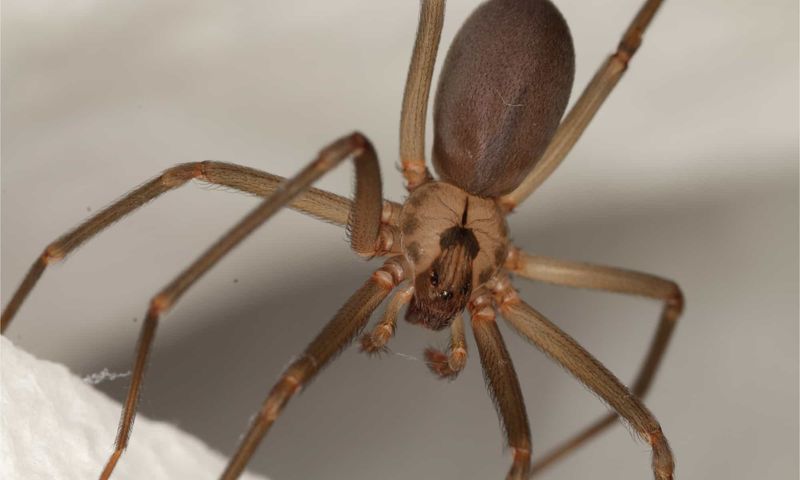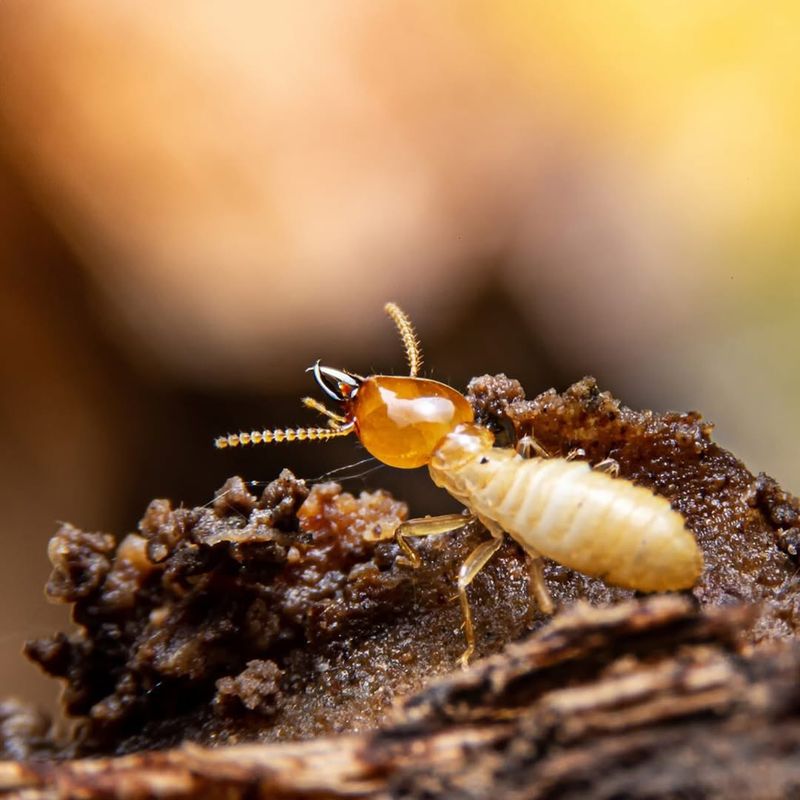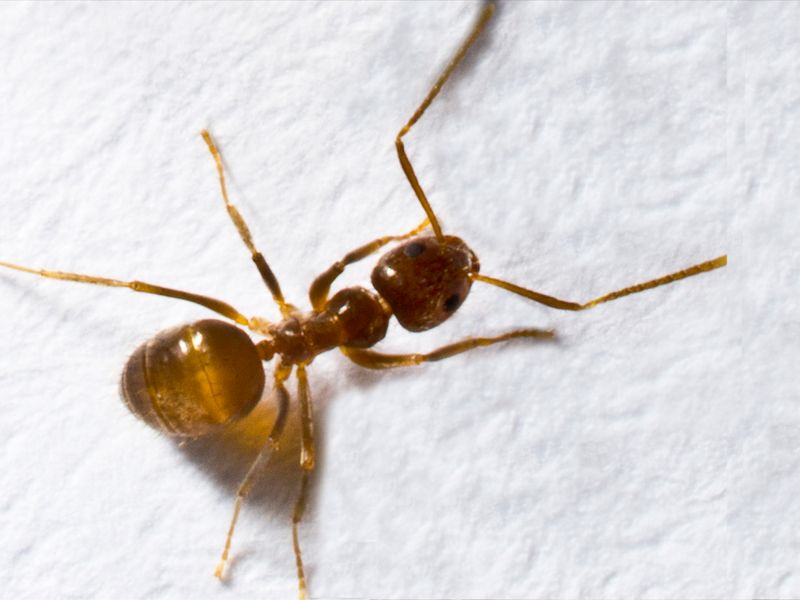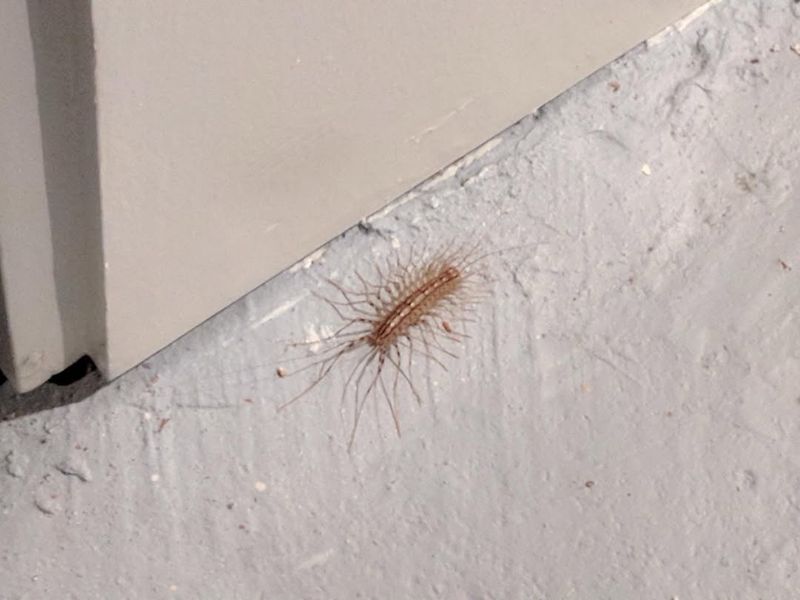Louisiana backyards have a way of staying lively, even when no one is looking. Many homeowners discover that the creepy crawlers roaming around their porches and flower beds show up far more often than they ever imagined.
These tiny visitors slip through mulch, hide under pots, and wander across patios as quietly as a shadow. Some blend in so well that most folks never know they shared the space.
Once you start spotting the signs, though, you realize the yard has a whole cast of critters working behind the scenes day and night.
1. American Cockroaches
Nicknamed palmetto bugs to make them sound less disgusting, these reddish-brown giants can grow over two inches long.
Louisiana’s humid weather provides ideal conditions for them to thrive both indoors and outdoors throughout the entire year.
They fly toward people when startled, which makes encounters especially unsettling. Basements, bathrooms, and kitchens attract them because they need moisture and food scraps.
Sealing cracks, fixing leaky pipes, and keeping surfaces clean dramatically reduces their presence in homes.
2. Brown Recluse Spiders
Spotting the violin-shaped mark on their backs helps identify these venomous spiders that prefer hiding in dark, undisturbed spaces. Closets, attics, and storage boxes provide perfect hiding spots where they can go unnoticed for months.
Their bites can cause serious tissue damage requiring medical attention, though they typically only bite when accidentally trapped against skin.
Most Louisiana homes have at least a few lurking somewhere inside. Regular cleaning and reducing clutter eliminates their favorite hiding places effectively.
3. Formosan Termites
Often called the super termite, this invasive species causes millions of dollars in damage across Louisiana every year.
Unlike native termites, Formosan termites build massive colonies with millions of members that can eat through wood at alarming speeds. They swarm during warm spring evenings, attracted to lights around homes.
Homeowners often mistake their swarming for flying ants, but these destructive pests have straight antennae and uniform waists.
Regular inspections and moisture control help prevent infestations before major structural damage occurs.
4. Crazy Ants
Watch these reddish-brown ants move and you’ll understand their name perfectly. They dart around frantically in seemingly random patterns instead of organized lines.
Electronics attract them mysteriously, and they’ve been known to damage air conditioners, computers, and other household equipment.
Unlike fire ants, they don’t sting, but their sheer numbers make them incredibly annoying. A single colony can contain millions of workers that spread throughout entire neighborhoods.
Professional pest control works best because store-bought products rarely eliminate their massive populations.
5. Mosquitoes
Louisiana’s swamps, bayous, and frequent rain create mosquito paradise, making these bloodsuckers a year-round nuisance rather than just a summer problem.
Standing water in gutters, flowerpots, and birdbaths provides perfect breeding grounds right around homes.
Beyond itchy bites, they carry diseases like West Nile virus and dengue fever. Peak biting times occur during dawn and dusk when they’re most active.
Eliminating standing water, using screens, and applying repellent helps protect families from constant attacks and potential illness.
6. House Centipedes
With fifteen pairs of long, striped legs moving in waves, these creatures look absolutely terrifying scurrying across bathroom walls at night. Actually beneficial predators, they hunt cockroaches, spiders, and other pests that invade homes.
Their speed, up to sixteen inches per second, makes them difficult to catch or squash. Damp basements and bathrooms provide the moisture they need to survive indoors.
Despite their scary appearance, they’re harmless to humans and indicate other pest problems might exist that need addressing first.
7. Silverfish
Resembling tiny silver fish darting across floors, these wingless insects feed on starches found in books, wallpaper, clothing, and cardboard boxes.
Louisiana’s humidity creates perfect conditions for them to multiply rapidly inside homes year-round.
They’re nocturnal and incredibly fast, disappearing into cracks before you can react. Though harmless to people, they destroy important documents, family photos, and treasured books.
Dehumidifiers and proper storage in sealed containers protect belongings from their destructive feeding habits effectively.

